Why apples (or pears) rot right on the tree (this is moniliasis): reasons and what to do
No matter how sad it is to admit, despite such care, rotten fruits right on the branches of a fruit tree are a fairly frequent occurrence in our gardens, as well as scab.
In order for apple trees not to have fruit rot (moniliosis), it is necessary to carry out preventive measures annually and regularly: start already in early spring, when the snow just melted and finish in the fall, after harvest.
There are also relatively effective ways to combat moniliosis (fruit rot) in the active stage of the disease. We will talk about all this in this article.
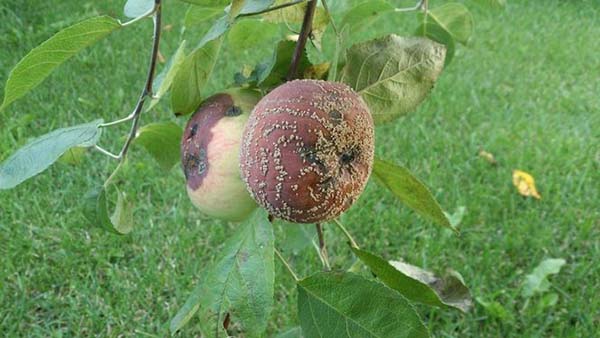
Content
What is fruit rot: signs of moniliosis on apples and other fruit crops
Moniliosis (fruit rot, monilial burn) is a fungal disease, which is caused by fungi of the genus Monilia (Monilia fructigena and Monilia cinerea), affecting both pome crops (apple, pear) and stone fruits (plum, apricot, sweet cherry, cherry).
Next, let's talk specifically about moniliosis (fruit rot) of pome crops (especially about the apple tree).
ABOUT monilial burn stone fruit crops read in a separate article.
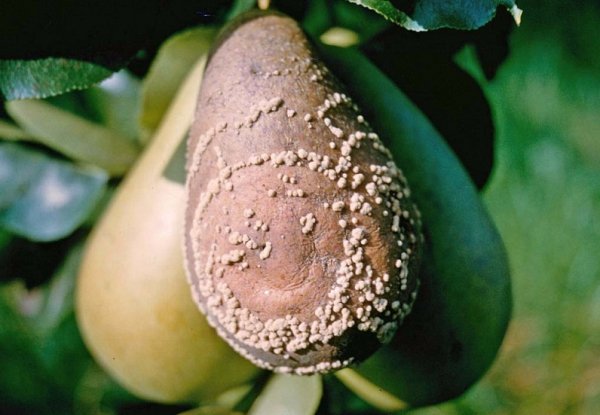
The symptoms of moniliosis are quite characteristic and indicative. When leaves and flowers bloom in early spring, all of a sudden, the tops of the branches begin to dry out. Some gardeners mistakenly believe that this is a consequence of return frost, or improper spraying, as a result of which branches suffer. To understand that this is a monilial burn is quite simple: if you look closely, you will notice that first the flowers dry up, then gradually the leaves, and then, in a short time, the twigs themselves. This is explained by the fact that the fungus enters the plant at the time of its flowering.
By the way! Here's one of the reasons why an apple tree can bloom, but not bear fruit, - her flowers have simply dried up due to moniliosis.
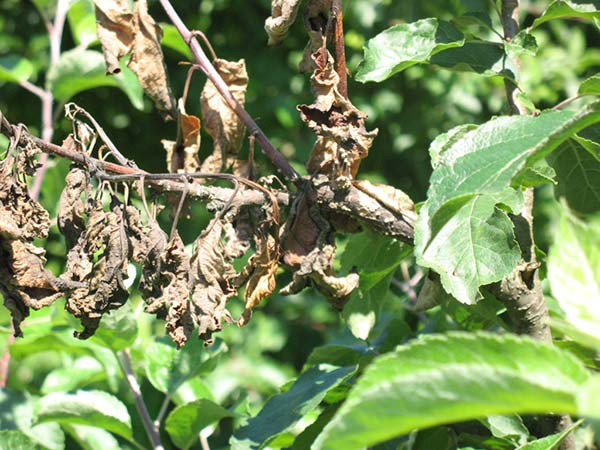
Moniliosis has two forms of manifestation:
- The first is in the form drying of branches and leaveswhen they look as if they were deified, hence the name monilial burn.
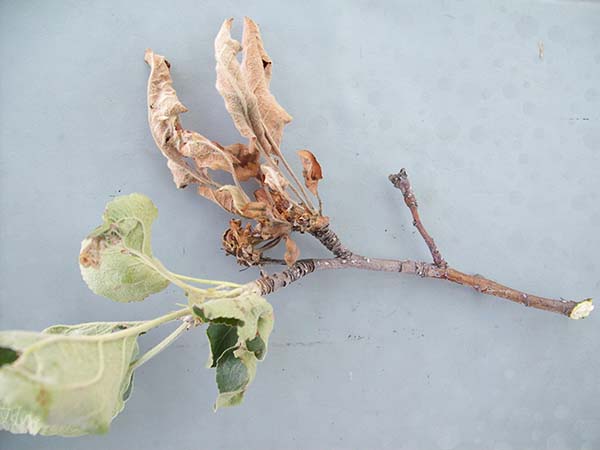
- And now the second form appears in the form fruit damage, or rather their decay directly on the tree (monilial or gray fruit rot). Moreover, infection occurs precisely in those places where there was mechanical damage that could be caused by insects (for example, moth), birds (the same strong hail). First, small fruits appear on the brown spots, which gradually expand, merge and cover the entire area of the fruit.
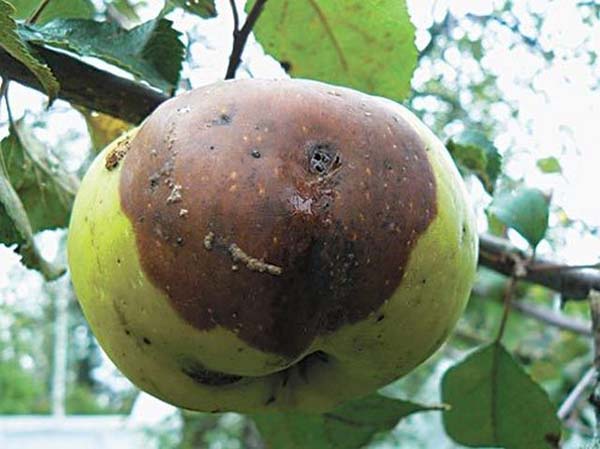
After a week and a half on the surface of the fruit, you can already see the spores of the fungus themselves in the form yellowish beige pillows (conidia)arranged in concentrated circles.
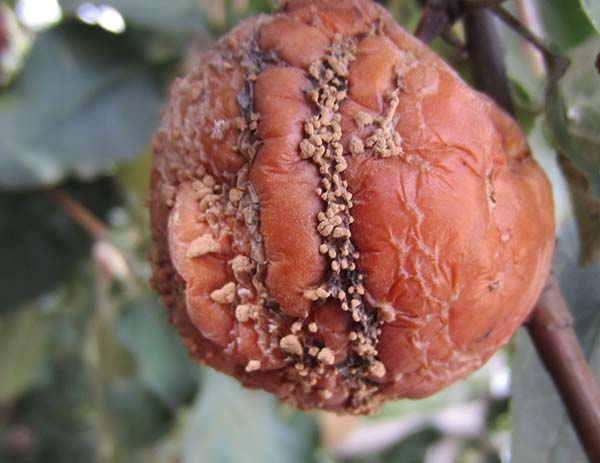
By the way! It is easy to guess that summer varieties begin to suffer from the disease much earlier, but winter ones - much later.
The fruit pulp itself also turns brown, softens and acquires a sweetish-sour taste. Then the apple is mummified and falls to the ground, although it can often remain hanging from the tree all winter. Probably, it is not worth saying that such a fruit cannot be eaten.
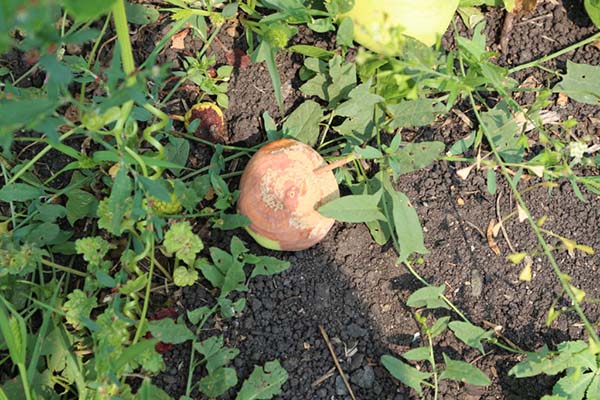
Important! Actually, if you do not destroy the infected fruits and affected branches, the fungus will overwinter and resume its activity in the spring.
As a rule, active development of moniliosis provokes relatively cool weather and high humidity during flowering, as well as overly close plantings and too thick (neglected) crowns of the trees themselves, due to which, due to winds, rains and insect carriers, the fungus quickly spreads throughout all trees.
By the way! Scab can also cause fruit rot, as it causes damage to the apples, through which infection occurs. Therefore it is necessary apply measures to combat this fungal disease.
Video: moniliosis and fruit rot
Fruit rot prevention: proper care
If you do certain procedures on time, then with a high degree of probability you will be able to avoid rotting fruits directly on tree branches (especially apple trees).
First, for the prevention of fruit rot, every spring and autumn should be carried out tree pruning, at least sanitary and anti-aging (thinning), in order to increase the access of light and air to the crown. The thicker the crown, the more likely it is that not only moniliosis will form there, but also other fungal diseases.
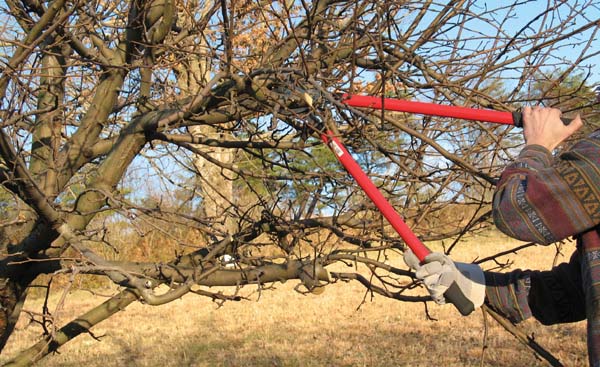
Important! Scab - another common fungal disease of the apple tree, tips for combating which are given in this article.
Equally important as moniliosis is detected in spring and summer remove (prune) dying branches (and preferably with a capture 10-15 cm farther than visible damage), and fruit, on which the initial signs of decayso that they do not infect the neighboring ones.
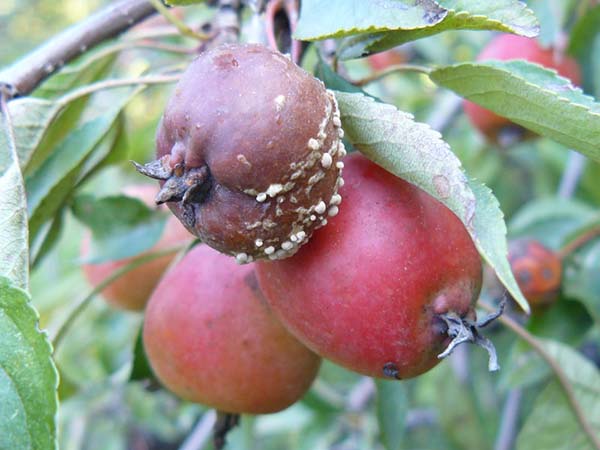
Note! More details about autumn pruning of an apple tree (pruning is carried out in the same way in spring) read in this material.
Secondly, the correct feeding apple trees in spring. Weakened and poorly fertilized trees are most prone to disease.
Thirdly, harvest apples and store them need by all the rules. If you don't follow them, even whole apples can rot during storage. And if you accidentally put damaged fruits in a common box, then you risk being left without winter supplies at all.
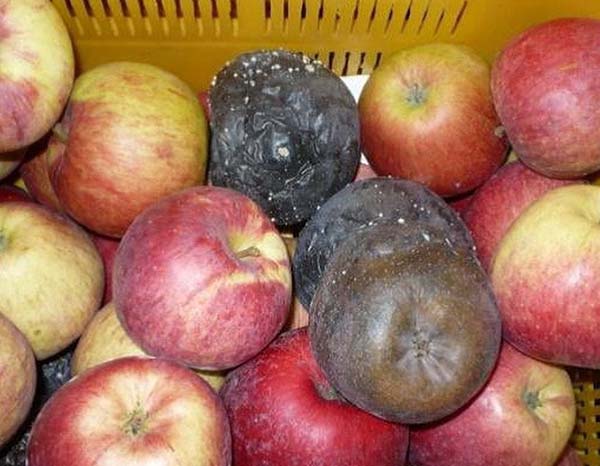
Finally, for the prevention of moniliosis in apple trees and other fruit trees, it is recommended every fall, collect leaves that remain hanging on branches, and fallen mummified (infected) fruitsand then burn everything.
Important! It is impossible to throw rotten apples onto the compost heap, the fungus can survive there. It is unwise to use them as fertilizer for the garden.
Selection and correct planting of disease resistant varieties
Now a fairly large number of varieties have been bred that have a strong immunity to the disease of moniliosis.
For example, more susceptible to fruit rot old varieties of apple trees are Antonovka, Pepin Saffron, White Naliv.
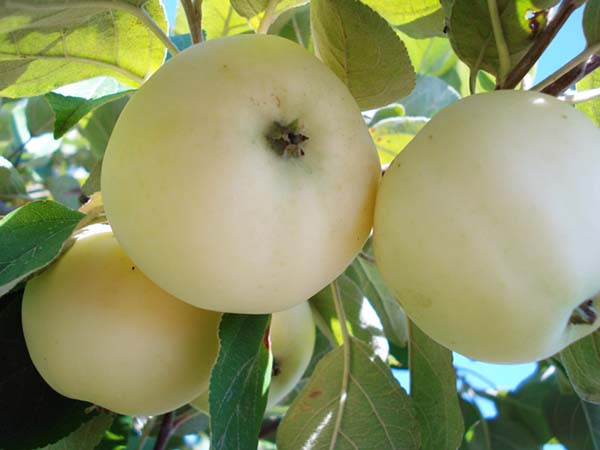
More modern and new varieties, less prone to decay fruit right on the tree branches - this is Welsey, Liberty, Jubilee, Slavyanka, Parmen.
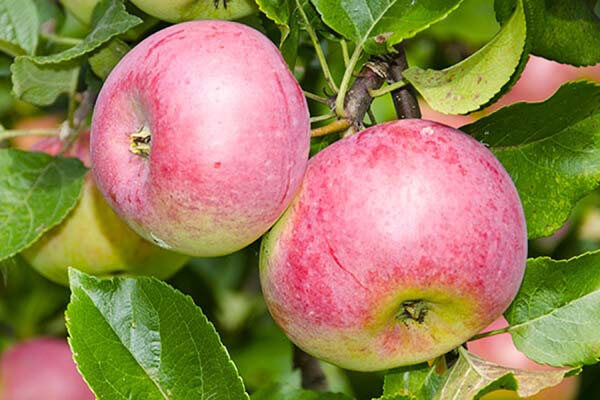
At the same time, it is equally important to plant fruit trees. at an optimal distance (do not thicken the planting), in the highest and most well-ventilated areas in the garden. They should not be planted in lowlands where fogs can form and, accordingly, there will be high humidity.
Note! On our website you will find tips and tricks for the correct fit apple trees, pears, plums, cherries, cherries, apricot and peach.
How to treat apple trees for moniliosis (fruit rot)
Observing only the rules of agricultural technology, it is not always possible to prevent the appearance of rot on apples, therefore, even in early spring, a comprehensive processing apple trees from diseases and pests.
So, to prevent fruit rot, it is very good to spray trees in spring before bud break and flowering any copper-containing agent (based on copper sulfate or copper oxychloride)... Moreover, the procedure is desirable repeat in autumn after harvest.
So the most popular chemical (fungicide) for such treatment is bordeaux liquid (3% solution). If you did not manage to process it before the beginning of the growing season, then later (when the fruits set) you should already process it with only a 1% solution, otherwise the tree may get burned.
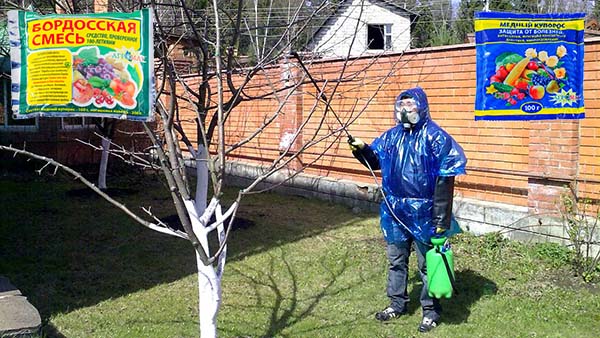
Also suitable copper sulfate, after allit is part of the Bordeaux mixture (copper sulfate + lime).
Funds based on copper oxychloride:
- Abiga Peak;
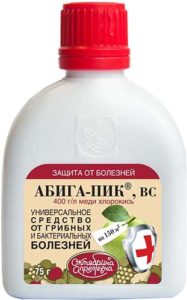
- Hom.
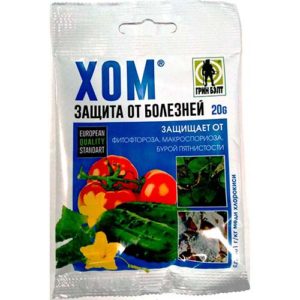
If the tree has nevertheless become infected with fruit rot, then it is necessary to urgently take certain control measures, i.e. already use medications.
To combat fruit rot on apple trees, you can use the following chemical fungicides (the active ingredient is indicated in brackets):
- Oxyhom (Copper oxychloride and Oxadixil);
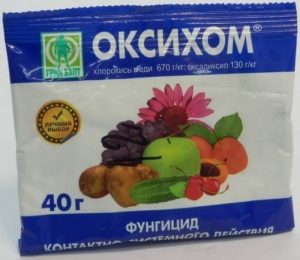
- Horus (Cyprodinil);
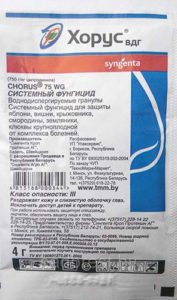
- Topsin-M (Thiophanate-methyl);
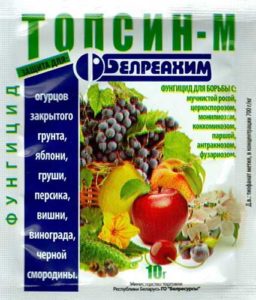
Note! There are also biological agents to protect apple trees from moniliosis:
- Fitosporin (Bacillus subtilis strain 26 D);
- Fitolavin (Complex of streptotricin antibiotics and Phytobacteriomycin);
- Rizoplan (Pseudomonas fluorescens strain AP-33);
- Sporobacterin (Bacillus subtilis and Trichoderma viride, strain 4097);
- Alirin-B (Bacillus subtilis strain B-10 VIZR).
Thus, if you want to get a full harvest, while losing the minimum amount of fruits, be sure to take preventive measures to combat moniliosis.If the disease still affects your fruit crops, then be sure to use medicinal chemicals (fungicides) so that the harvest, especially apples, does not rot right on the tree.
Video: apple trees rot right on a tree, what to do with fruit rot
Important! It is possible to completely get rid of moniliosis only if you do all the treatments together with your neighbors, otherwise the infection can easily fly again from nearby untreated trees.

